Introduction
“CodeAdventures: A Children’s Guide to Programming” is a delightful and educational children’s book that introduces young readers to the world of programming. This book simplifies complex coding concepts into easy-to-understand language and presents them with engaging illustrations, captivating young minds and fostering a love for programming from an early age.
Book Structure
The book is divided into chapters, each covering a different programming concept or topic.
- The Secret World of Code: Discovering the Basics
- Code-tastic Puzzles: Solving Problems with Programming
- Coding Characters: Creating Fun Digital Friends
- The Enchanted Forest of Data: Exploring Data Structures
- Magical Code Blocks: Exploring Loops and Conditions
- Colorful Creations: Drawing and Animating with Code
- Code Your Own Game: Designing Playful Challenges
- The Secret Language of Computers: Understanding Binary and Data
- Robot Rendezvous: Programming Machines to Move and Dance
- Web Wizards: Crafting Your Own Magical Websites
- The Future of Coding: Imagining Tomorrow’s Technological Wonders
Each chapter is designed to be engaging and informative, providing young readers with a solid foundation in programming concepts and inspiring them to explore and experiment with code. Real-life examples and hands-on activities are woven into the narrative, ensuring that readers not only learn the theoretical aspects of programming but also gain practical experience by working on projects and solving problems.
Key Features
“CodeAdventures” offers several key features that set it apart from other children’s programming books:
- Accessible Language: The book is written in simple, age-appropriate language that makes complex programming concepts accessible to young readers. By breaking down complicated ideas into easy-to-understand terms and explanations, children can quickly grasp the fundamentals of coding.
- Hands-on Activities: Each chapter includes hands-on activities and challenges that allow children to apply their newfound programming knowledge in practical and engaging ways. These activities are designed to be enjoyable and stimulating, fostering a love for coding while reinforcing key concepts.
- Real-World Examples: Throughout the book, encounter real-world examples of how programming is used in everyday life, from creating animations and video games to controlling robots and building websites. These examples help children see the relevance and importance of programming skills in today’s technology-driven world.
- Encouragement of Creativity and Problem Solving: “CodeAdventures” encourages children to think creatively and solve problems using their programming skills. By presenting coding as a means to express themselves and create their own projects, the book inspires young readers to view programming as a fun and rewarding pursuit.
Potential Impact
“CodeAdventures: A Children’s Guide to Programming” has the potential to make a significant impact on the way young readers perceive programming and technology. By presenting coding concepts in an engaging, accessible, and enjoyable manner, the book can inspire a new generation of budding programmers who are excited about learning and experimenting with code.
As technology continues to play an increasingly important role in our daily lives, it is crucial for children to develop a strong foundation in programming skills. “CodeAdventures” not only equips young readers with the necessary knowledge to understand and create code but also fosters an appreciation for the creativity and problem-solving potential that programming offers.
Moreover, by introducing relatable and engaging characters, the book helps to break down stereotypes about programmers and encourages a more diverse and inclusive perspective on the world of coding. CodeAdventures demonstrate that anyone, regardless of their background or interests, can learn to code and make a meaningful contribution to the ever-evolving landscape of technology.
Finally, “CodeAdventures” can also serve as a valuable resource for parents and educators who wish to introduce programming concepts to children in a fun and engaging way. The book’s hands-on activities, real-world examples, and visually appealing illustrations make it an ideal tool for teaching programming in both formal and informal learning environments.
Conclusion
In conclusion, “CodeAdventures: A Children’s Guide to Programming” is a unique and invaluable addition to the world of children’s literature. Its engaging narrative, accessible language, and hands-on activities make learning programming an enjoyable and rewarding experience for young readers. By fostering a love for coding and a strong foundation in programming concepts, the book can inspire the next generation of programmers who are well-equipped to navigate and contribute to our increasingly digital world.
Whether used as a tool for teaching programming in the classroom or as a fun and educational read for children at home, “CodeAdventures” is a must-have for anyone looking to introduce young minds to the exciting world of coding. Through CodeAdventures, readers will embark on a journey of discovery, creativity, and problem-solving, opening the door to a future filled with technological wonders and endless possibilities.

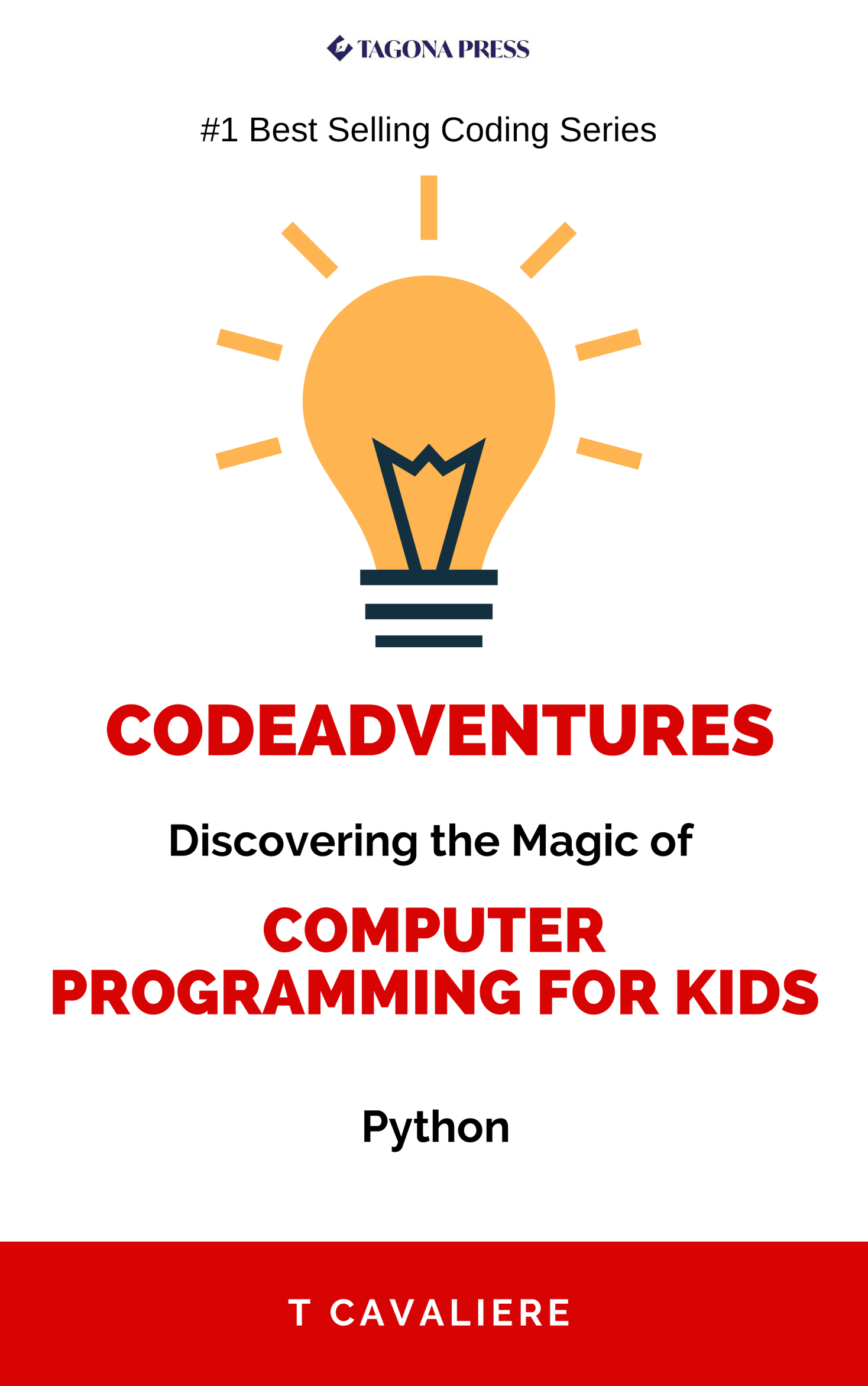
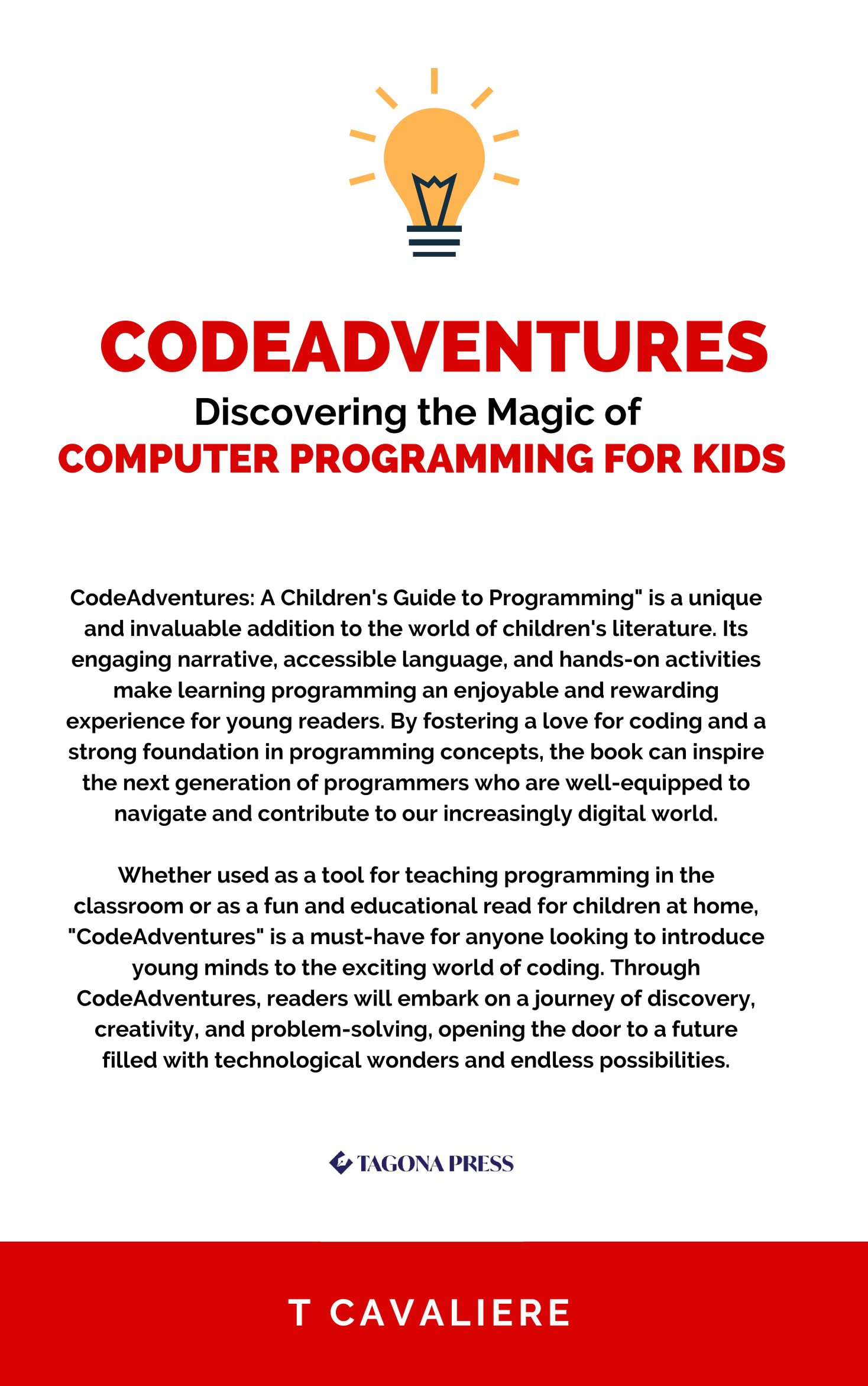

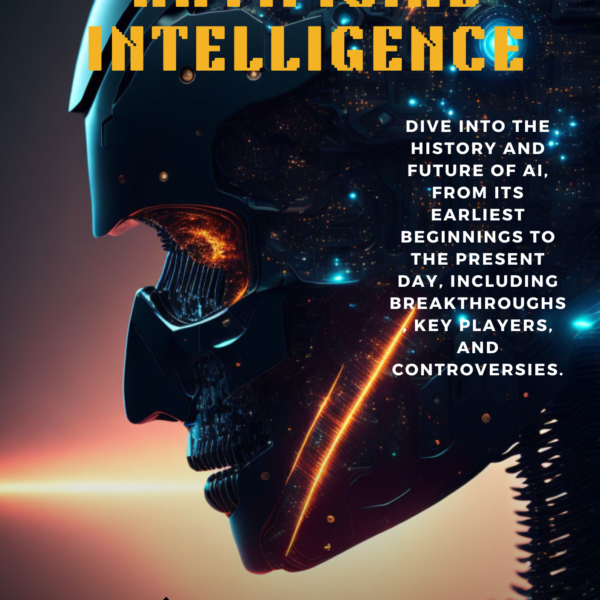


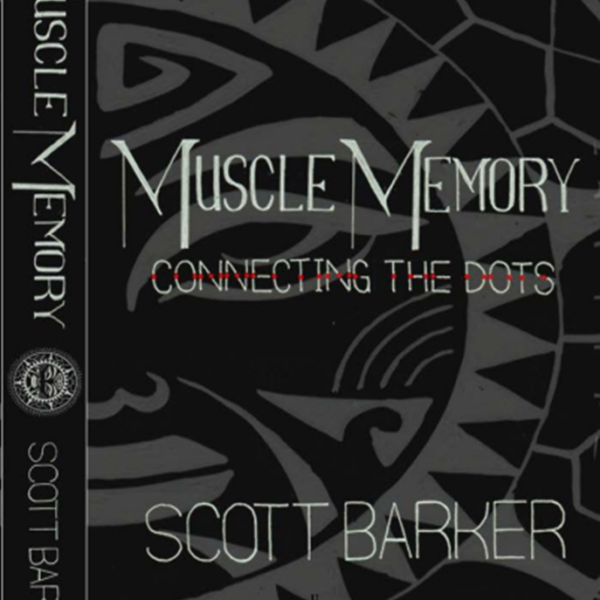

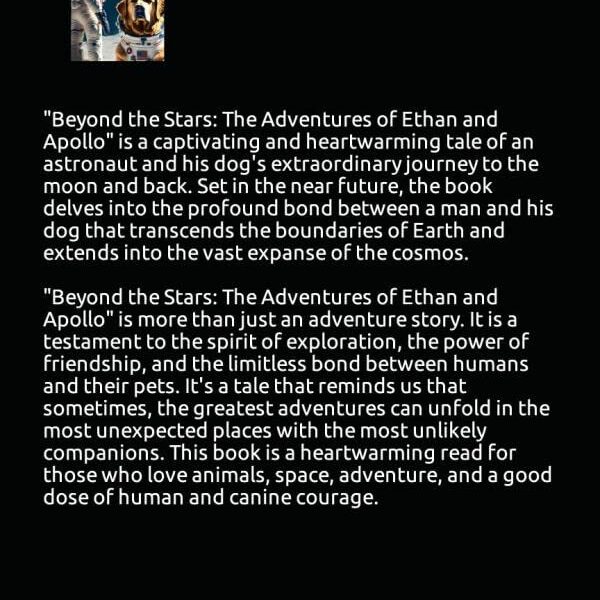









Reviews
There are no reviews yet.